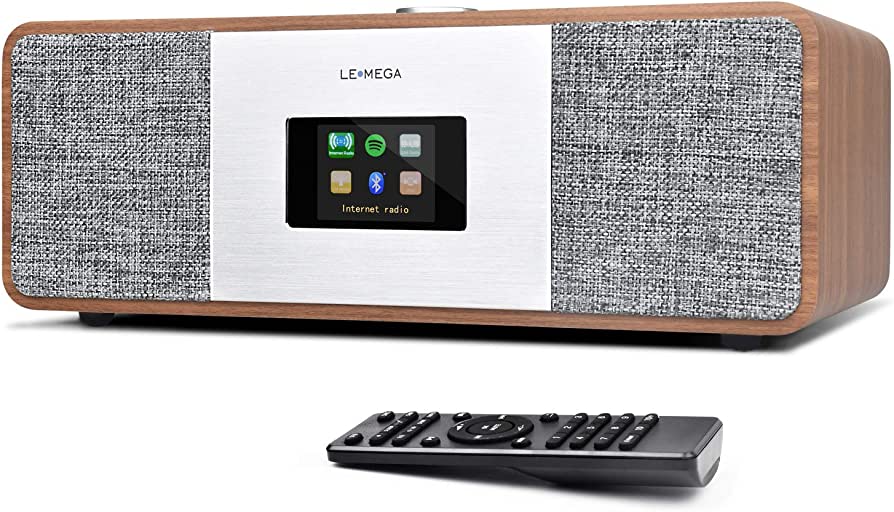Radio- Past, Present, and Future
Radio, for decades, has been a staple in our daily lives, delivering music, news, and entertainment of every sort. Over the years, radio has transformed greatly in terms of both technology and content. With the emergence of the digital era, radio has become synonymous with the internet, a step that has been key in ushering in the future of radio.
Past
In the past, radio relied on analog technology, broadcasting news and entertainment in the form of AM (Amplitude Modulation) and FM (Frequency Modulation) radio waves. These radio waves were transmitted over long distances, allowing people in far-flung areas to access radio broadcasts.
Radio in the past was mostly AM radio, and was the go-to for catching up on news and the latest tunes. However, the arrival of FM radio signaled a shift in the approach to radio, and instead of news and talk shows, FM radio pushed more music and entertainment.
Present
In today’s world, digital technology has transformed everything, and radio is no exception. Digital radio has emerged as a popular alternative to analog radio, offering better sound quality and new features such as pause, rewind, and fast-forward. The digital era also saw the birth of internet radio, opening new avenues for accessing different radio stations across the globe.
Radio now goes beyond traditional airwaves, as listeners can access stations via applications on their phones and tablets. Podcasts and on-demand audio content have also become a part of radio, giving listeners the freedom to choose what they listen to and when.
Future
Radio is not slowing down anytime soon, and the future is filled with even more possibilities. The future of radio will see a shift in the way content is produced and delivered. Radio will become even more customized and personalized, with an emphasis on interactivity and experiential content.
In the foreseeable future, radio would challenge the dominance of podcasting as it invigorates more youthful listeners to its mix of pop and chat in new forms. There will also be an increase in the incorporation of virtual as well as augmented communities, with listeners and broadcasters having access to innovative tools that enhance the listening experience.
With technology advancements set to transform the world in unimaginable ways, the future of radio remains promising.
Conclusion
Radio started with only few stations but has now evolved into a massive industry serving millions of people worldwide. The changes in technology and content have led to the birth of digital radio, which has increased the possibilities for reaching audiences.
As radio faces growing competition from other forms of audio content, the future of radio is likely to be even more personalized and interactive, giving audiences greater control over what they hear and how they hear it. In conclusion, radio’s past, present, and future paint a picture of a medium that remains relevant, resilient, and adaptable.











